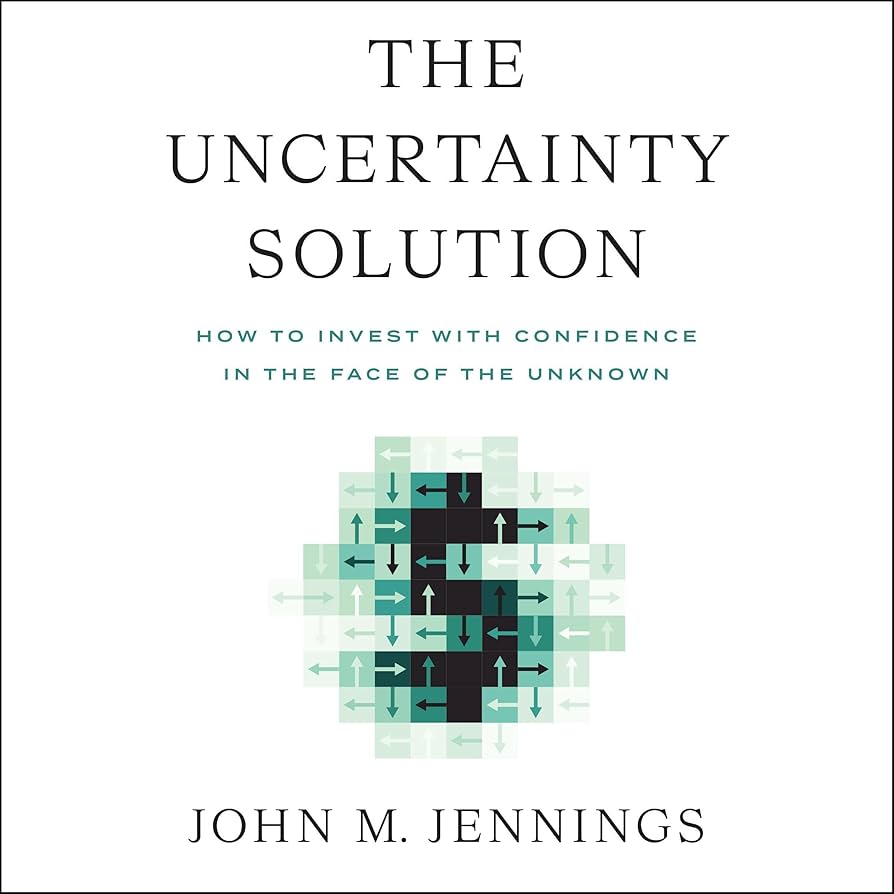Student loan debt hit a jaw-dropping $1.7 trillion earlier this year.1 Now only behind mortgage debt, student loans surpass the debt of both auto loans and credit cards.1 It’s become an enormous burden on many, and defaulting (failing to pay) on them has severe consequences.
Well, it turns out the government’s actually doing something about it' Saaayyy whaaatt'! You’ve likely seen headlines regarding the Biden administration’s plan for student loan forgiveness. But you may be unfamiliar with the details.
In this article we’re going to review what the bill seeks to accomplish and how it works. We’ll also touch on the student loan payment pause, taxes on student loan forgiveness, and other important details. Then we’ll wrap up with how this has personally affected me, and how we’re able to use our experience to help you navigate student loans.
What Does The Student Loan Forgiveness Plan Seek To Accomplish?
Just a few days ago, the Biden administration announced a three-part plan to help reduce the student loan burden. At a high level, the plan seeks to: provide targeted relief, make student loan repayment more manageable for borrowers, and protect people from high rises in college costs. Below, we’ve highlighted the key points of the plan as outlined by the White House.2
Provide Targeted Relief
Relief for the Low and Middle Classes: This plan isn’t providing relief to Americans across the board. The Department of Education anticipates that ~90% of relief efforts will go towards those who are out of school, and are making less than $75,000 a year.
Relief for Those Facing Racial Inequality: This effort seeks to help close the racial wealth gap. It’s been shown that black students are typically more in need of financial assistance followed by Hispanic, then White, and finally Asian. Additionally, Pell Grants are more often awarded to Americans of color due to their exceptional financial needs.
Relief for Different Ages: Student loan relief will be provided with no discrimination towards age. The Department of Education has estimated those receiving help are more than 33% age 40 or older, 44% ages 26 to 39, and 21% ages 25 and younger.
Relief for Millions of Lower-Earning Americans: This plan seeks to reduce the student loan debt weighing on up to 43 million lower-earning Americans. And this includes canceling the remaining debt balances of roughly 20 million borrowers.
A More Manageable Repayment System
Cut Monthly Undergraduate Loan Repayments: This measure looks to slice the monthly repayments for undergraduate loans from 10% to only 5% of one’s discretionary income.
Raise Non-Discretionary Income: Income that’s considered non-discretionary is protected from repayments. This factor seeks to guarantee that no one making under 225% of the federal poverty level has to make a monthly repayment. This roughly comes out to individuals who work annually at $15/hr.
Forgive Balances After 10 Years of Repayment: Instead of having to wait 20 years, borrowers with original loan balances ' $12,000 will only have to wait 10 years for forgiveness.
Cover Unpaid Monthly Interest: This stipulation ensures that no one’s loan balance will rise as long as they're making good on their monthly repayments. And that includes those who have monthly payments of zero due to their low income.
Protection Against Rising College Costs
Efforts to Double Pell Grants and Make Community College Free: In the White House announcement, it’s stated that President Biden intends to push for the doubling of the maximum Pell Grant. And that he intends to fight in making community college free.
Publishing Annual Watch Lists: The Department of Education announced its intentions to provide a yearly watch list of programs with the worst debt burdens to help students steer clear of programs with poor debt reputations.
Requiring Institutional Improvement Plans: The Department of Education also announced its intentions to request institutional improvement plans from the worst performing programs. These plans would outline how the colleges intended to lessen their debt burdens on future students.
Eligibility For Student Loan Forgiveness
Though the plan has the potential to relieve millions of Americans from their student loan burdens, it will not be provided universally. There are various qualifications that will determine how, or if, one will be able to receive student loan forgiveness. These include:3
Pell Grant Recipients: Students who received Pell Grants while going to school can receive greater amounts of forgiveness. For those who meet this requirement, up to $20,000 of their student debt is eligible for forgiveness.
Student Loan Forgiveness Income Limit: If you’re single and earn less than $125,000/yr you’re eligible for $10,000 worth of cancellation. The same holds true if you’re married filing jointly, or as head of household, and earn under $250,000/yr. These eligibility figures will be based on your adjusted gross income.
Loan Types: Only federal student loans are eligible for forgiveness. This includes federal parent PLUS loans, but does not include many Federal Family Education Loans (F.F.E.L) are not eligible for forgiveness. Private loans are also not eligible for forgiveness, and any loans taken out after June 30th, 2022 will not receive relief.
PLEASE NOTE: Loans taken out after June 30th of 2022, will not be eligible for forgiveness.
How To Get Your Student Debt Forgiven
Just recently, members of the Biden administration stated an application for student loan forgiveness should be out by early October. And once you apply, the forgiveness process should take anywhere between 4 to 6 weeks.3
If this is the case, you may want to consider applying by November 15th. That way, if all goes as planned, your loans will be forgiven before repayments resume next year (see next section for further details). The Department of Education has also mentioned that more information on the application process will be given in the coming weeks.
PLEASE NOTE: If you’ve recently completed a Free Application for Federal Student Aid (FAFSA) you may automatically receive student loan forgiveness. The same may hold true if you have income-driven repayment plans already filed with the Department of Education.4 You can sign up for further loan forgiveness updates on the Education Department’s website.
What Else Should I Know'
Taxes On Student Loan Forgiveness: Given the American Rescue Plan, any student debt relief you receive will not be treated as taxable income when tax season hits.5
Graduation Status: Even if you didn’t complete your degree, your student loans can still be forgiven if you meet the eligibility requirements.5
Resumption of Payments Has Been Extended: The resumption of loan repayments (and interest) on federal loans has been extended to December 31st, 2022.6 And we’re advising clients to continue not making payments, or paying down principal while this deadline keeps getting pushed out.
How Has Loan Forgiveness Affected Me (Personally)?
There are a lot of mixed feelings about this forgiveness plan. So I thought I’d share my own experiences and thoughts on the matter.
Back in 2017, my wife had student loans of $27,261 that we paid off in full. They’d be qualified for forgiveness now, but am I mad about it' No! I understand why some might be, but paying off your debt should always be seen as an accomplishment.
My mom, on the other hand, still has a lot of student loan debt and doesn’t make much money. She’s benefited greatly from having her payments and interest suspended due to COVID-19. And she’ll benefit further from the forgiveness plan. But she’ll likely be making payments for the rest of her life. And I’m grateful Federal Student Loan debt isn’t passed on to kids or spouses.
How Crafted Finance Can Help
After Crafted Finance, we understand the expenses of college well. We regularly work with clients who feel overwhelmed in handling them (see a real client example). And I’m presently helping my own wife go back for another degree.
Together we’ll be able to leverage the power of tax-sheltered accounts, and find best-fit financial strategies that will help maximize the growth of your wealth while simultaneously paying down your student loan debt.
With the Biden student loan forgiveness plan entering the mix, paying for college now has even more considerations. So if you’re dealing with the burden of student loans, or helping a loved one with one of their own, know you’re not alone. Please feel free to reach out to us at (650) 336-0598, or schedule a complimentary consultation.













